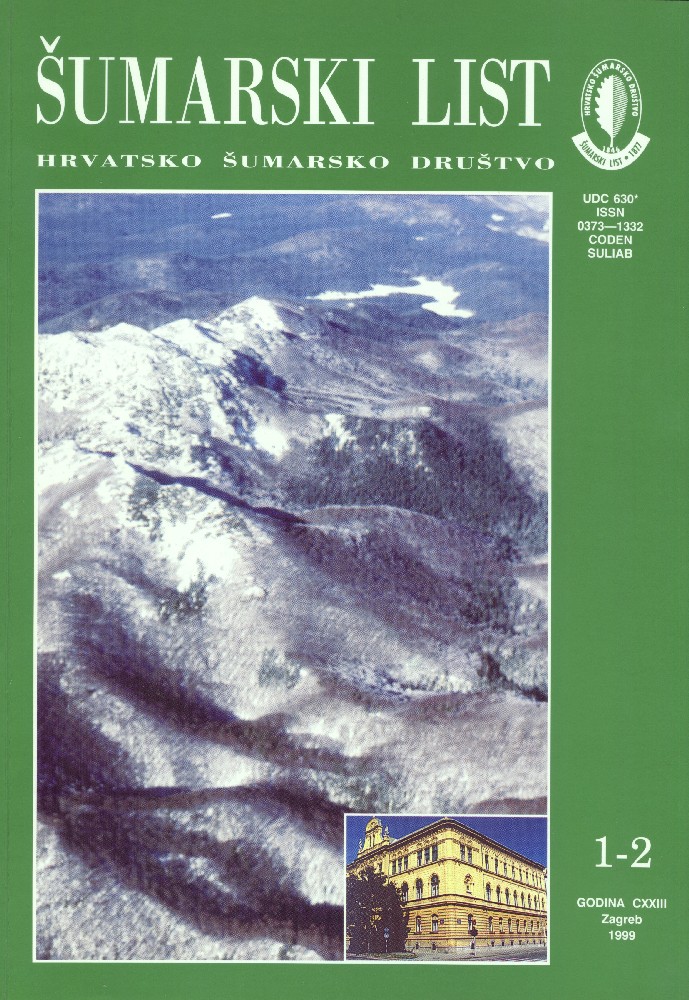Summary: The allegations in the literature that in the territory of the Republic of Croatia, within or on the border of the natural distribution of the silver fir (Abies alba), another two “species” - A. pardei and “A. biokovoensis” would be developed, that in one case would be a synonymity: A. biokovoensis = A. pardei (cf. Borzan & al. 1992) and in the other A. pardei = A. biokovoensis (cf. Rac et Lovrić 1992), should be considered as absolutely incorrect and nomenclaturally illegitim.The species A. pardei was described by Gaussen (1928) on the basis of specimen from the culture in the Arboretum Le Barres in France, cultivated from the seeds originating most likely from Algeria within the distribution of the species A. numidica. Based on the original description according to which significant for this species are vertical cone bract scales and acute needles (Fig. 2), it can be clearly seen that it has nothing to do with any fir population in Croatia.“A. biokovoensis” should, according to the said authors (Borzan & al. 1992) be a separate species “the Biokovo fir”, but this cannot be determinated by any of usual methods. It does not differt by a single feature from the silver fir, and, therefore, it should be considered as the species A. alba, as reported by all authors who dealt with this issue, even the authors Kušan (1969) and J. Radić (1976) to whom the establishment of the name “A. biokovoensis (Kušan) Radić” is atributed. Whether on Biokovo a special ecotype of the silver fir is involved to be found out by objective investigations using adequate scientific methods.The fir on Biokovo builds two forest associations (cf. Trinajstić 1983, 1987), one rather thermophil with the hop hornbeam (As. Ostryo-Abietetum (Fukarek) Trinajstić) and the other rather mesophil (As. Rhamno-Abietetum Fukarek).
|



